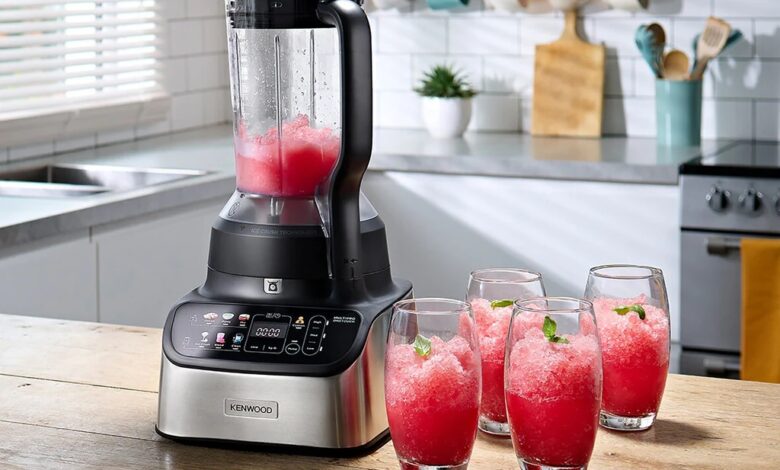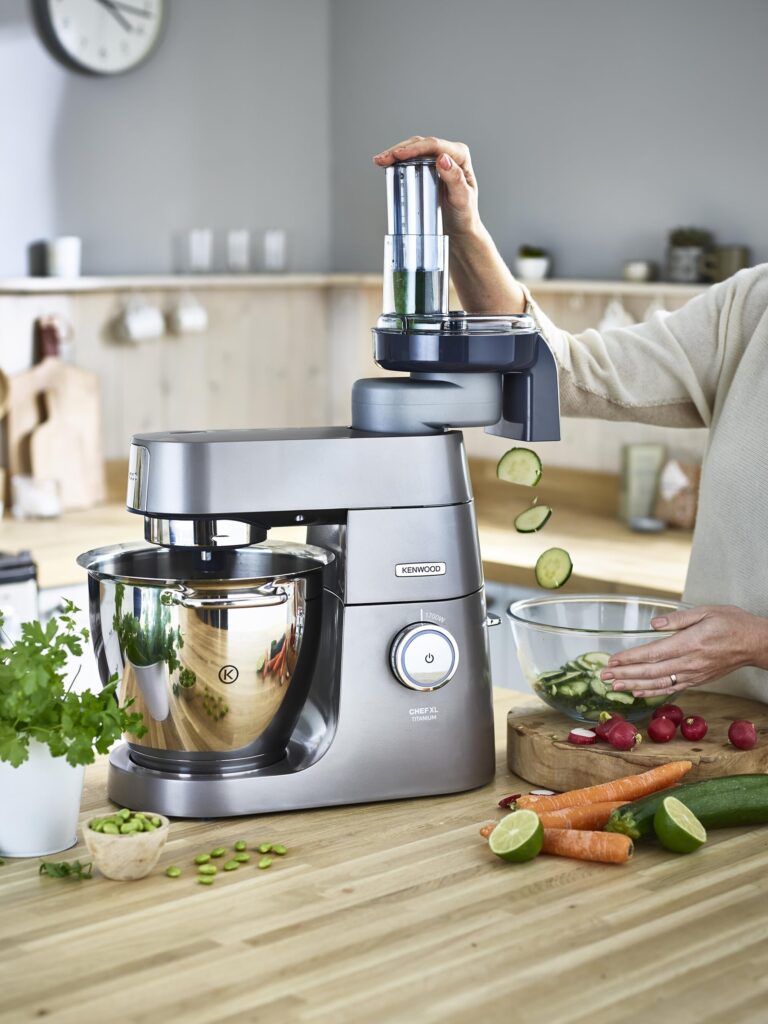Kenwood: Crafting Culinary Innovation Since 1947

Kenwood: Crafting Culinary Innovation Since 1947. In the aftermath of World War II, a visionary engineer named Kenneth Wood embarked on a mission to revolutionize home cooking. With a modest £1,000 in savings, he founded Woodlau Industries in 1947, operating from a small workshop in Woking, England. This humble beginning marked the inception of what would become Kenwood Limited, a brand synonymous with innovation, quality, and resilience in the kitchen appliance industry.
The Birth of an Icon
Kenwood’s breakthrough came in 1950 with the introduction of the Kenwood Chef mixer at the Ideal Home Exhibition in London. This multifunctional appliance, featuring planetary mixing action and various attachments, quickly became a household staple, streamlining kitchen tasks and setting new standards for culinary convenience.

Design Evolution and Expansion
Throughout the 1960s and 1970s, Kenwood continued to innovate, launching products like the Trimixer in 1967 and its first full-sized food processor in 1979. The company’s commitment to combining functionality with sleek design earned it numerous accolades, including Red Dot and iF Design awards for products like the kMix hand blenders and Eon coffee makers.
Navigating Challenges and Embracing Change
The 1980s presented challenges as competition intensified. Kenwood responded by opening its first factory in China in 1989, a strategic move to reduce production costs and remain competitive. This decision allowed the company to maintain quality while expanding its global reach.

A New Chapter with De’Longhi
In 2001, Italian appliance manufacturer De’Longhi acquired Kenwood for £45.9 million. This acquisition provided Kenwood with access to De’Longhi’s extensive distribution network, particularly in the United States, and bolstered its position in the global market.
Innovations in the 21st Century
Under De’Longhi’s ownership, Kenwood has continued to innovate. In 2020, the company launched the Cooking Chef XL, a state-of-the-art kitchen appliance featuring smart technology like touchscreen controls and app connectivity. This product exemplifies Kenwood’s commitment to integrating modern technology with culinary tradition.

Lessons for Aspiring Entrepreneurs
- Identify and Address Market Needs: Kenwood’s success began with recognizing the need for efficient kitchen appliances in post-war Britain.
- Commit to Continuous Innovation: The company’s evolution from the original Kenwood Chef to the advanced Cooking Chef XL demonstrates the importance of adapting to technological advancements.
- Strategic Partnerships and Acquisitions: Joining forces with De’Longhi allowed Kenwood to expand its global footprint and resources.
- Balance Tradition with Modernity: Kenwood has maintained its core values while embracing new technologies, ensuring relevance across generations.
- Focus on Design and Functionality: Winning multiple design awards highlights the significance of combining aesthetic appeal with practical utility.
Kenwood’s journey from a small workshop in Woking to a globally recognized brand illustrates the power of innovation, adaptability, and strategic growth. For entrepreneurs, Kenwood serves as a testament to the impact of understanding market needs, embracing change, and maintaining a commitment to quality and design excellence.




